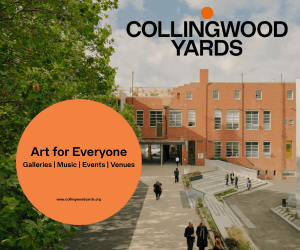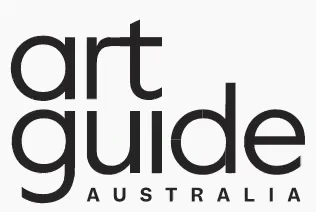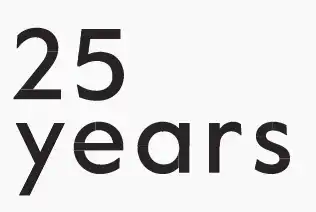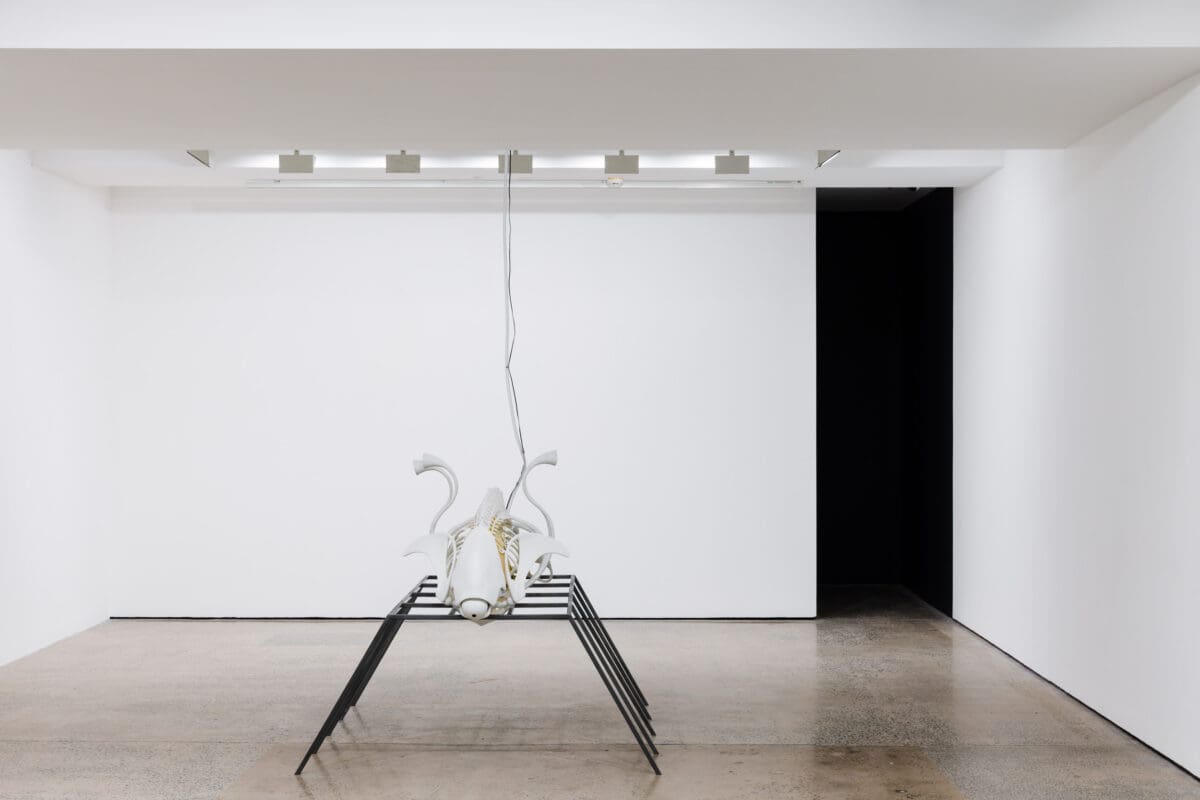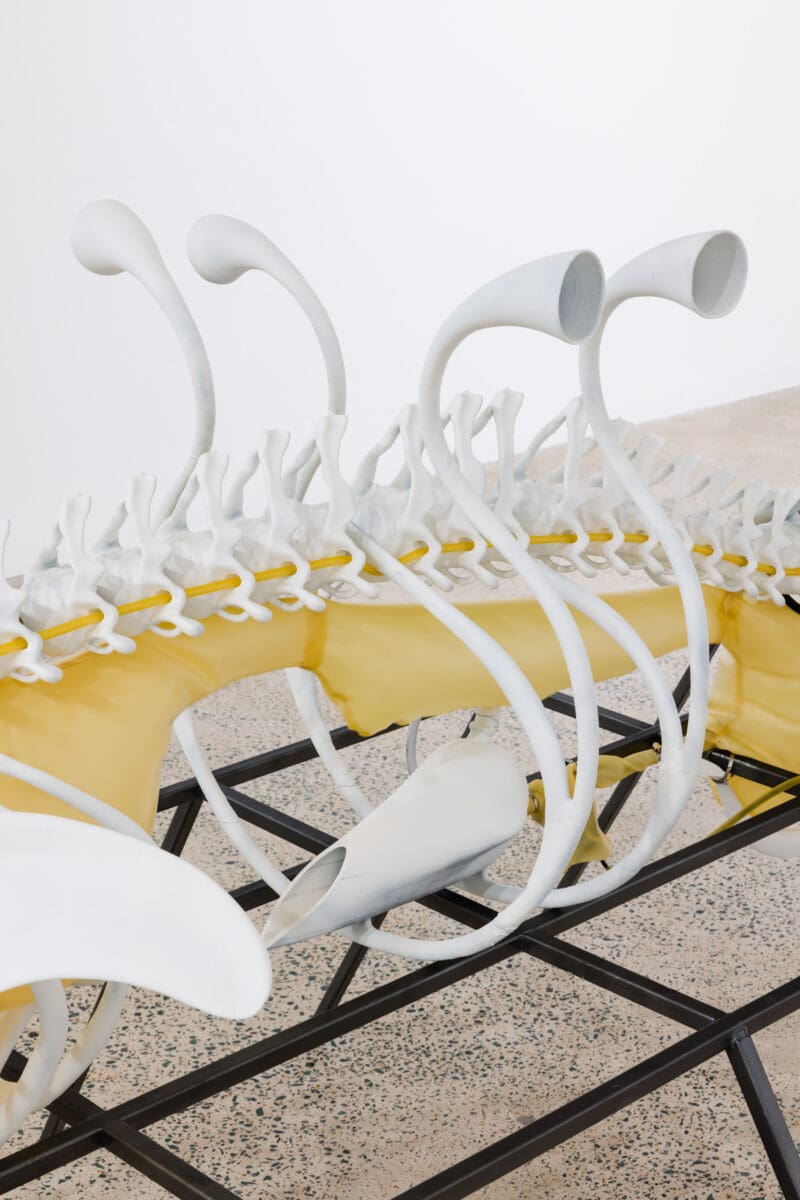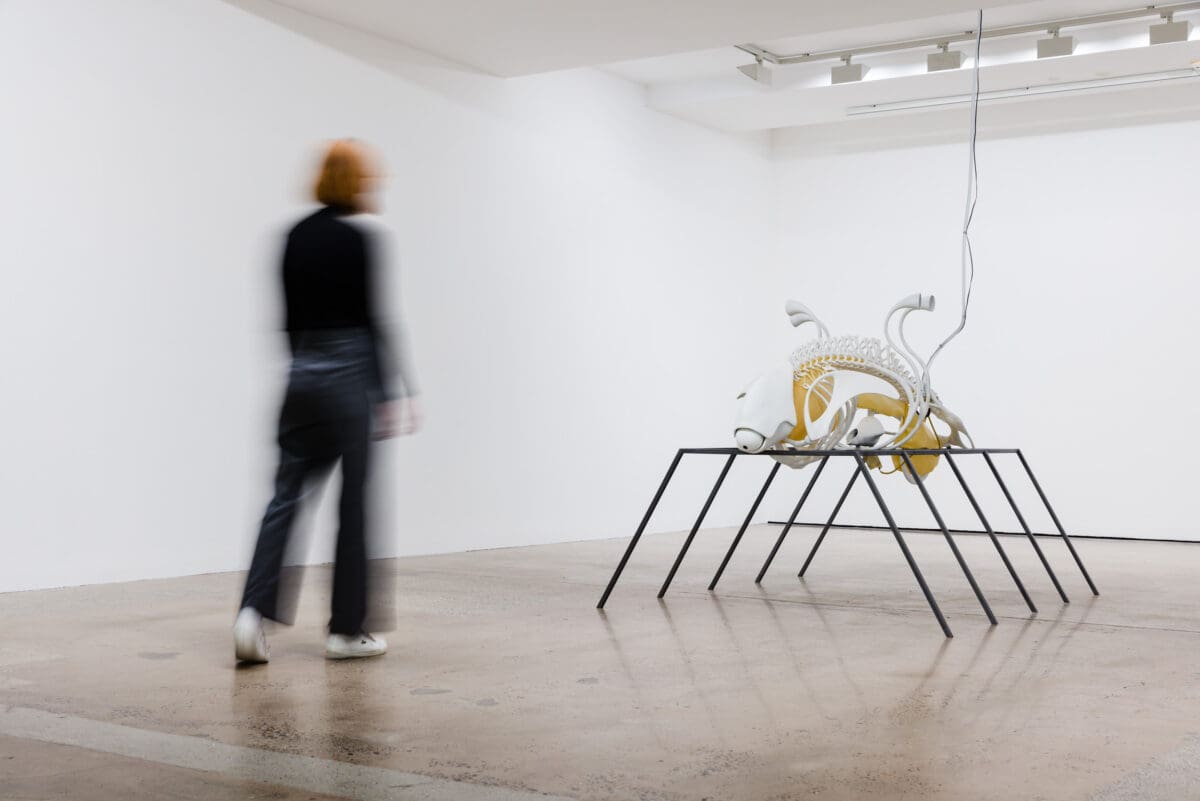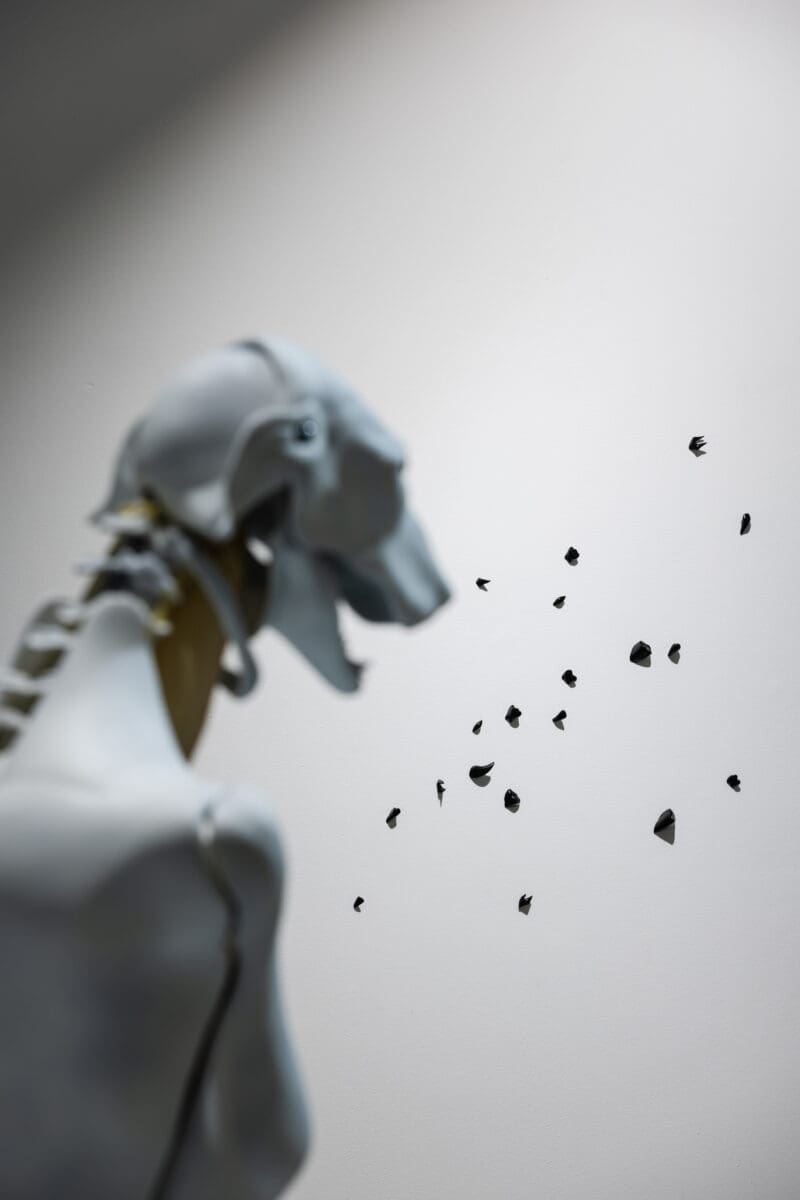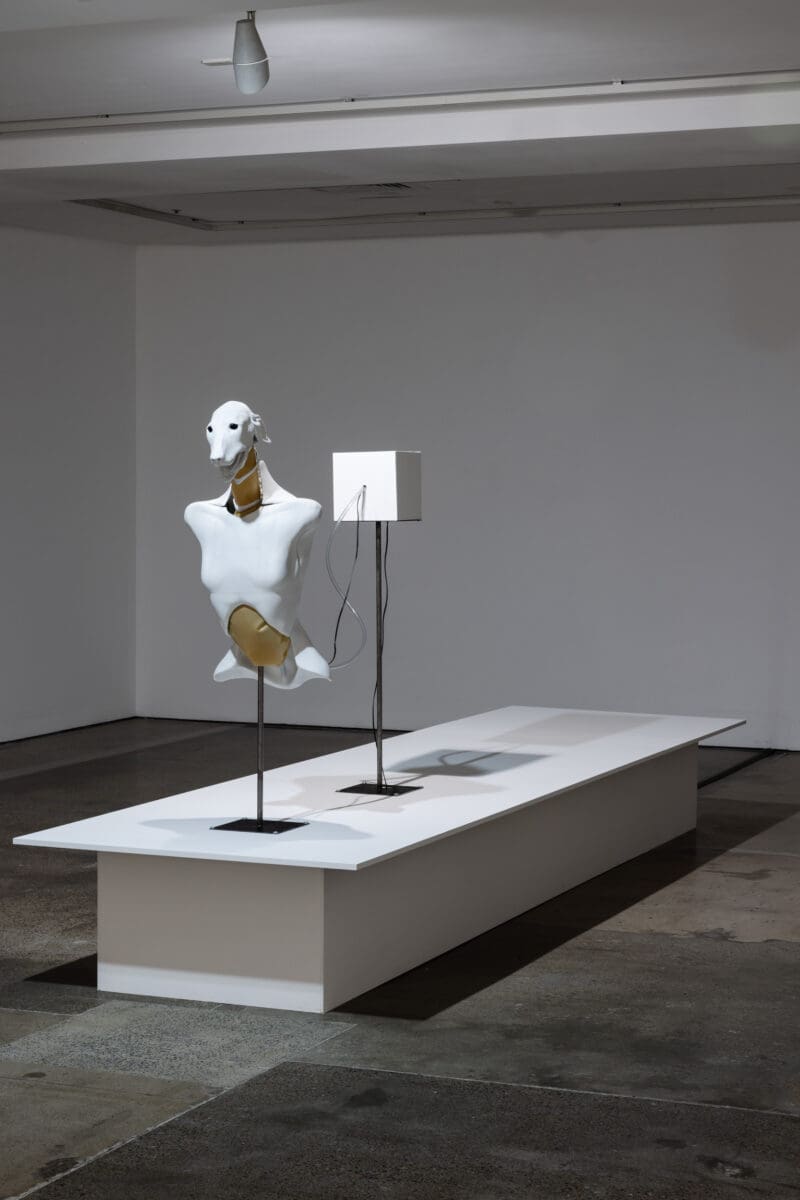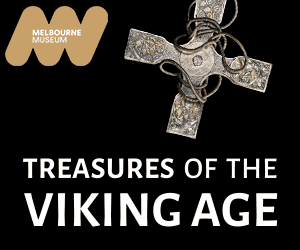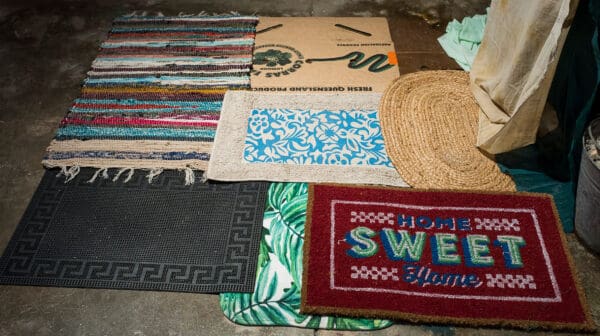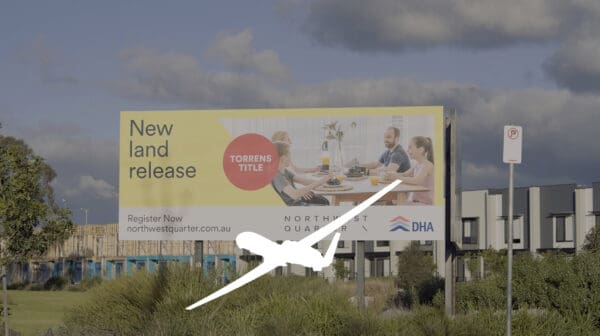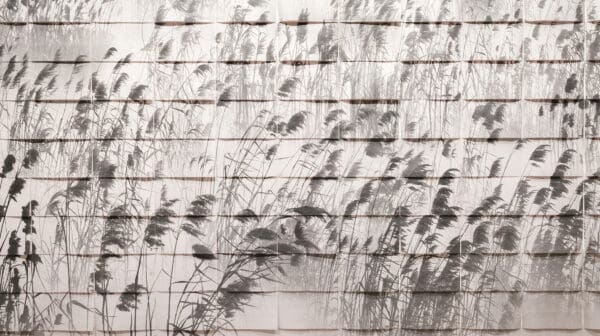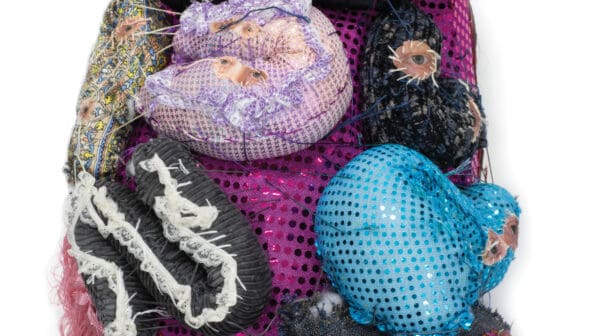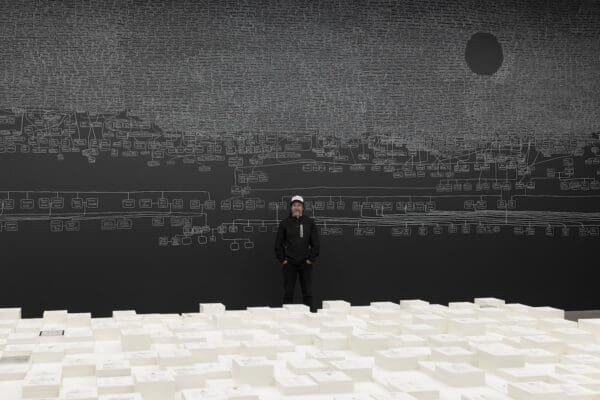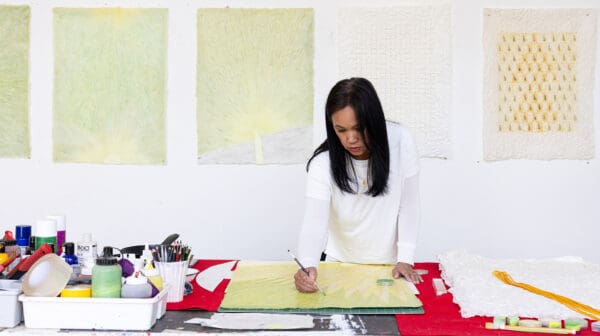The central life-giving gesture of the breath is at the core of Max Athans’ first institutional solo exhibition. Their series of sculptures, collectively titled Breathform, take air into latex ‘lungs’ which create a whistle in the exhale, a deep breathy sound that echoes eerily through the galleries.
The opportunity to make this work follows recognition of their practice with the Jeremy Hynes Award (2024), which includes $10,000 toward the solo exhibition at the Institute of Modern Art (IMA). It is an experience Athans described as “totally surreal. I had been following the Jeremy Hynes Award since I started at art school in 2017. To win it in its final year feels massive. It’s an opportunity that no one can have again.”
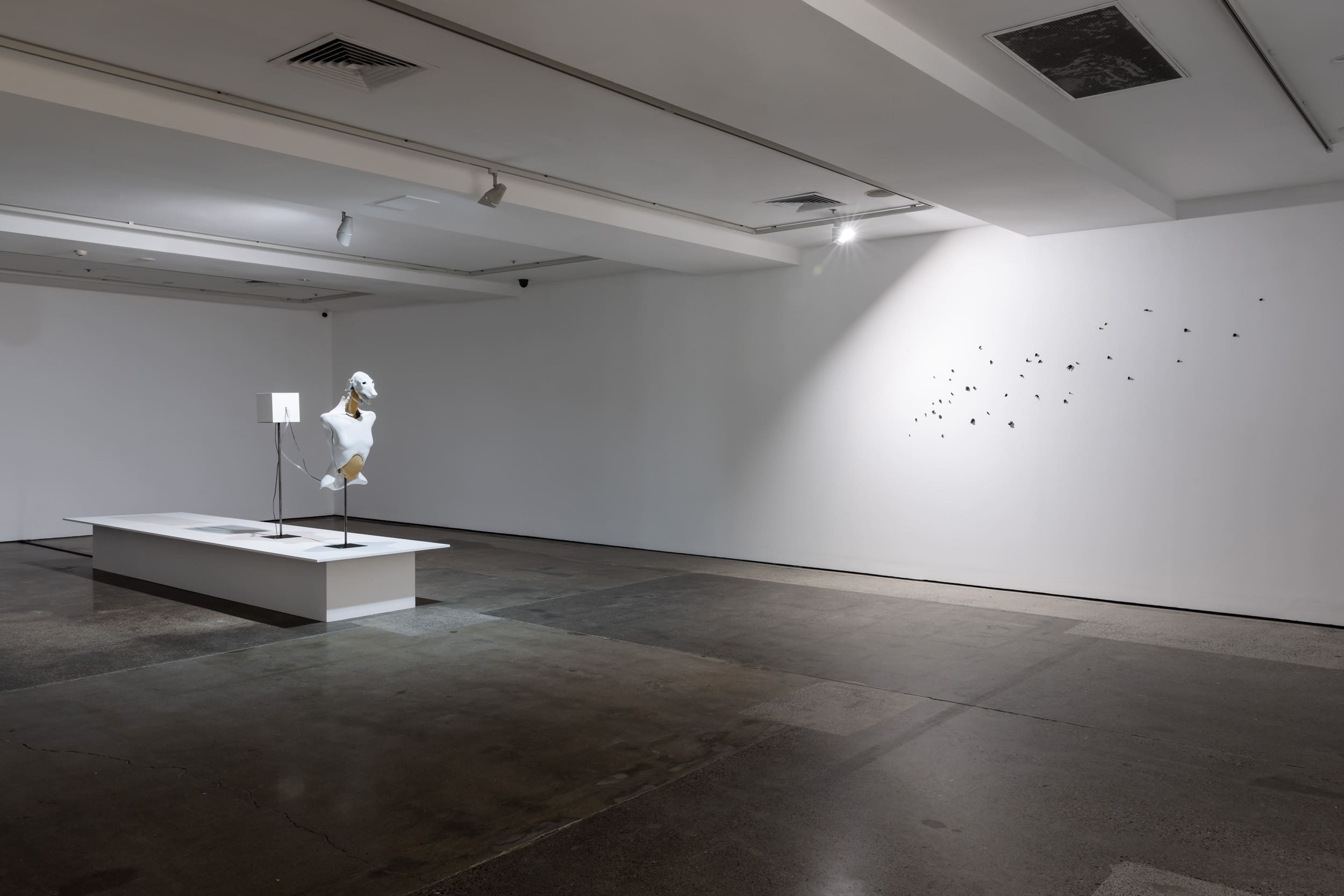
Awarded to eight artists since 2009, the award is managed by the IMA through a bequest made by Hynes’s family in his name. Targeting the practice of local experimental artists, it echoed Hynes’ own edgy performance-based work (born in 1972, Jeremy Hynes died in a road accident in 2006). In 2008 for Artlink, Timothy Morrell wrote, “Hynes created unforgettable images: a man (him) clawing a hole in a mattress and crawling in … swinging a mallet onto explosive charges; setting fire to things (such as his clothes) … Hynes could make art out of nothing.”
After graduating with honours from Queensland College of Art in 2020, Athans, whose practice spans experimental music, printed digital image, CGI-video, and 3D-printed sculpture, has worked between sound, image and sculpture. Each of these disciplines is integrated in Breathform.
The exhibition includes two major sculptures that Athans describes as “quite intense. They are vessels for this repetitive, very simple act that living creatures with lungs perform faultlessly all the time. I wanted viewers to sustain an encounter with the breath, to feel it in a very physical, literal, immediate sense.”
Each sculpture is placed centrally in adjoining galleries. The first, Dogwhistle (2025), is a form on a human scale inspired by our relationship with canines. A distinctly dog-like head is 3D-printed in Athans’ studio, attached to latex lungs encased in a human-looking torso. The sculpture includes the ‘breather’ that doubles as a soundscape. Athans describes it as “a breath, unamplified. It comes from a physical process—using a timer and valve release—keeping the use of electronics to a minimum. The whistle is a physical creation and uses the elasticity of the latex which pushes air out. I want to engage the idea of the breath and give every exhale a slightly different sound.”
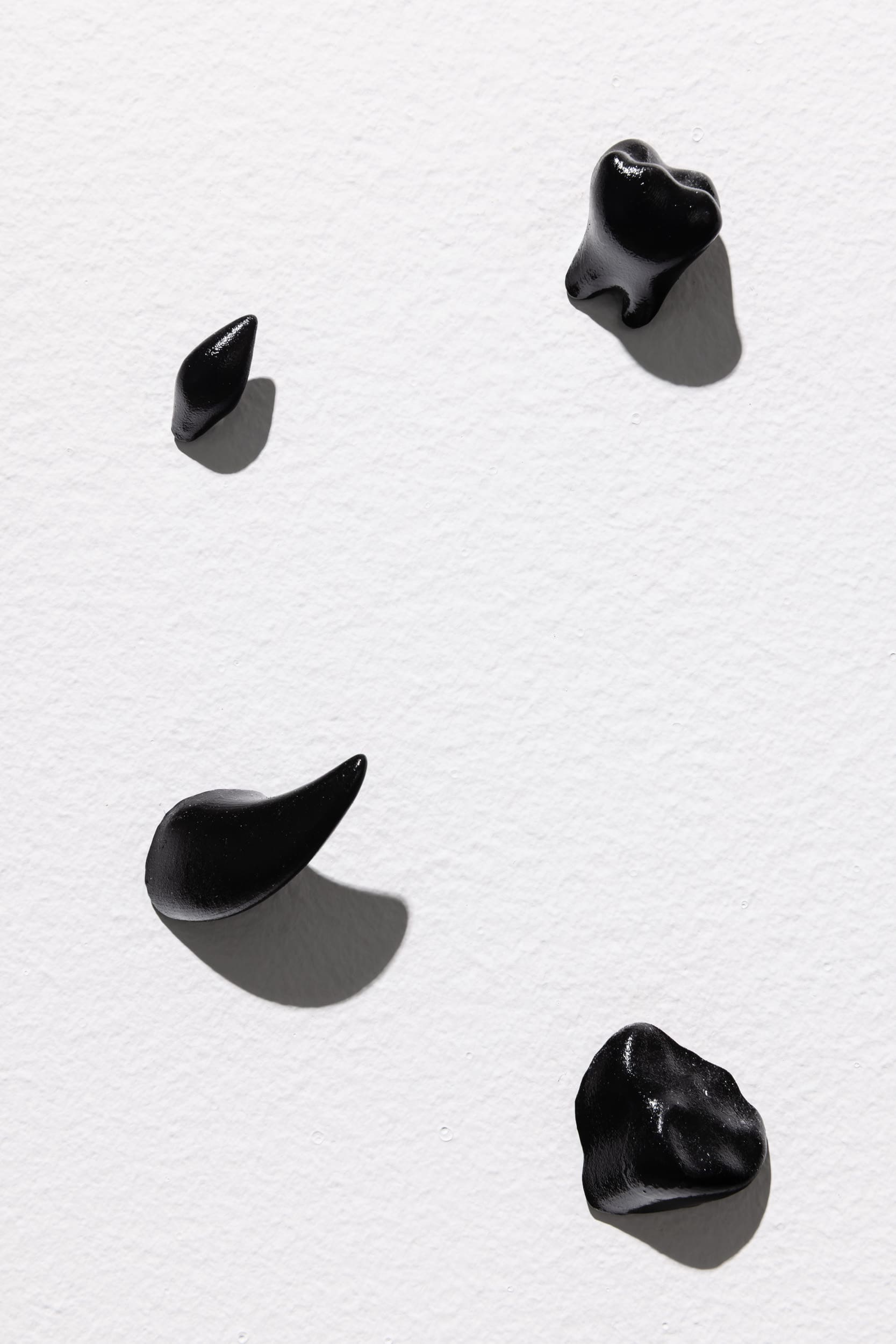
The second, Breathform (2025), is skeletal, some two metres long, mounted on a metal grid. The bony skeleton is shaped like a large marine creature with a distinctly alien-looking smooth head, and ‘lips’. Arising like ribs from the base of the skeleton are long sinuous tubular shapes that ‘breathe’ from horns at each of their ends. On an adjacent wall is another fabricated white work that curls around a strut and ends in an open ‘floral’ shape, which Athans describes as an ‘emblem’ of the show concept.
“I am exploring ideas about proxy bodies, things like automata, medical models and diagrams, that look like bodies and have the formal qualities of bodies, but are not living beings.” In their conjoining of human and animal, doll and machine, they draw on the imaginary past and its collision with the potential in the present.
“The dog is a proxy for people’s affection; canines are not just functioning as living beings but become symbols of status or work, bred for specific (human) purposes and to fit the roles we give them. The sculpture becomes symbolic of that entrapment.” Marine creatures also draw our interest and empathy, developing relationships that Athans sees building toward a collective co-evolution.
These works also explore discomfort concerning the merging of humanity with the machine, interfacing with developing virtual and human-machine hybridity: “The work may be a little repellent but it’s hard to look away. I wanted to build empathy with the object.” For Athans, “in creating such bodies, we may also create new problems. The work, like the technologies, evokes complex feelings about the object.”
In keeping with the Hynes award, this exhibition marks a powerful evolution of Athans’ work. “I wanted to realise this work for a long time and it’s been life changing to have the opportunity to focus intensely. I’ve worked non-stop since the award. There’s nothing else I would rather do.”
Breathform
Max Athans
Institute of Modern Art
Until 20 September

